David Carr Glover Method for Piano Theory
Primer
-
Ships in 1 to 2 weeks
Details
Description
SKU: AP.FDL01004
Primer. Composed by David Carr Glover and Martha Mier. Piano method/supplement. Book. 48 pages. Belwin Music #00-FDL01004. Published by Belwin Music (AP.FDL01004).ISBN 9780769218090. UPC: 029156178029. English.
The knowledge of note reading, intervals, rhythm, music symbols and terms, and the ability to listen are essential to the development of a strong foundation for the piano student. This THEORY book was written to help provide this foundation by giving students reinforcement of the concepts presented in the LESSONS book of the DAVID CARR GLOVER METHOD FOR PIANO. As the students advance in their ability to play the piano, the THEORY book will help give them a better understanding of the music they are performing. The pages are designed to be interesting and fun for the students in order to spark their enthusiasm and increase their motivation.
Song List (35)
- The Staff: Line Notes, Space Notes
- Note Direction: Up, Down, Repeat
- Moving by Steps and Skips
- Treble and Bass Clef Signs
- Grand Staff, Stem Direction
- Listening Review
- Intervals: 2nds
- Stepping Up and Down from Middle C
- Time Signatre: 2/4
- Intervals: 3rds
- Stepping Up and Down Three from Middle C
- Dynamics: Soft and Loud
- Stepping Up and Down Four from Middle C
- Time Signature: 4/4 and Note Review
- Dotted Half Note, Time Signature: 3/4
- Stepping Up and Down Five From Middle C
- Quarter Rest
- Music Symbol Story
- C Position
- Slurs and Ties
- Whole Rest
- Melodic and Harmoni Intervals
- Music Symbol Review
- Intervals: 4ths
- Half Rest
- Intervals: 5ths
- Interval Review: Puzzle
- Flat Sign
- New Position
- Sharp Sign
- G Position
- Staccato
- General Review
- Answers and Teacher's Listening Examples
- Manuscript Paper
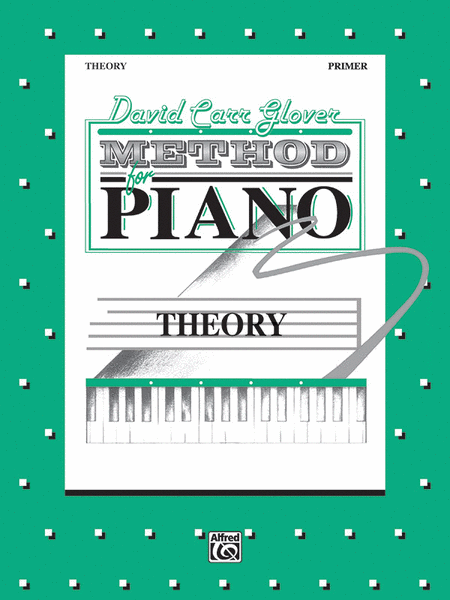
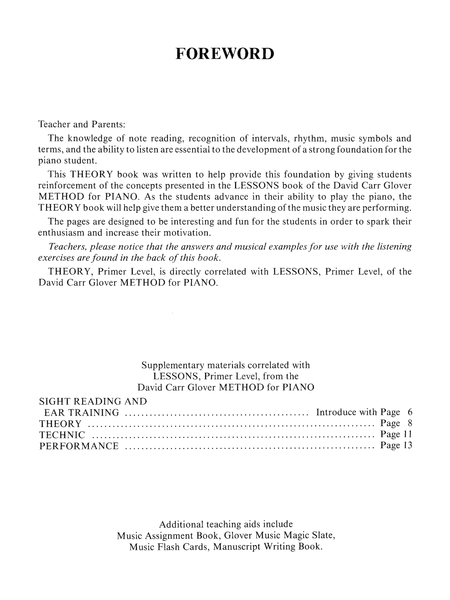
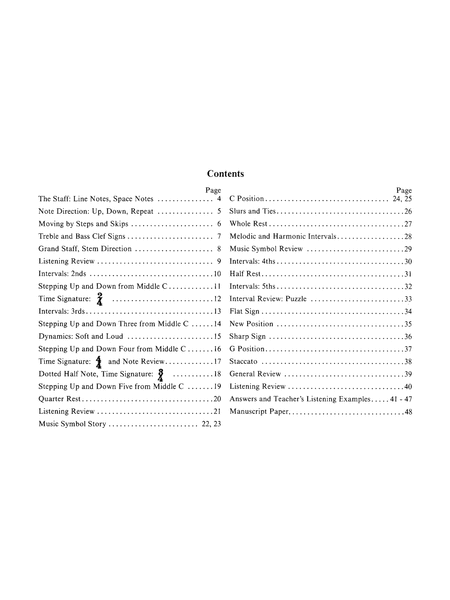
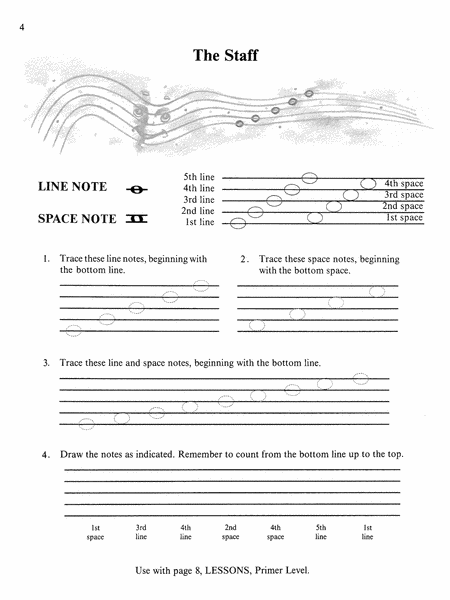
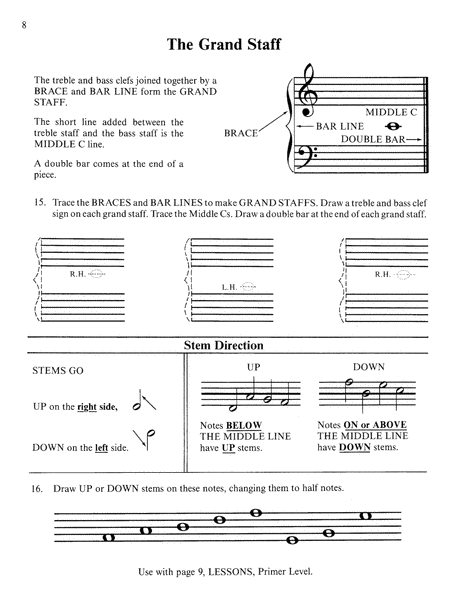
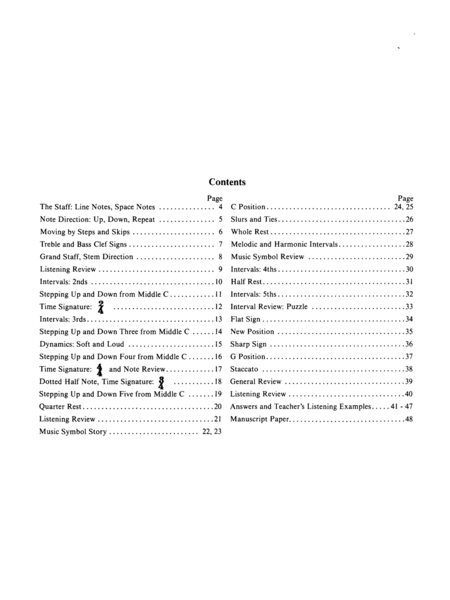
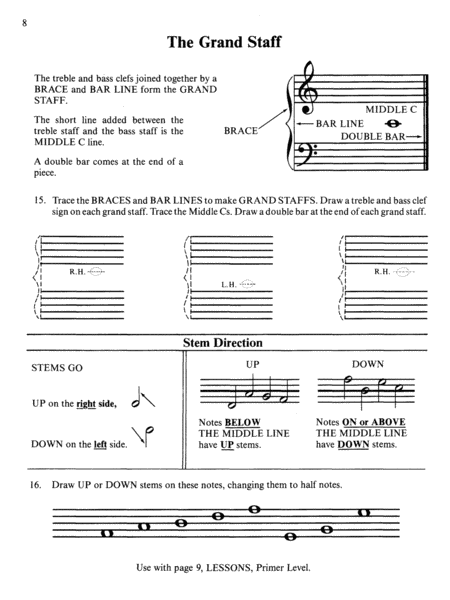
 Share
Share